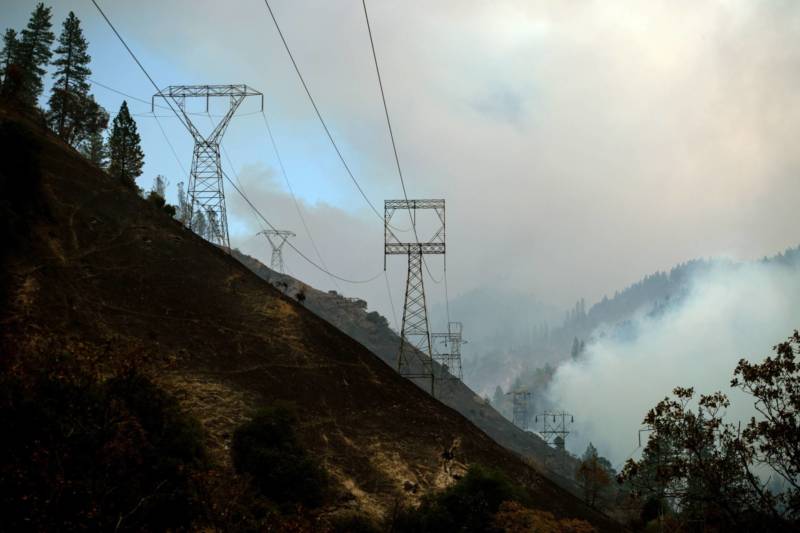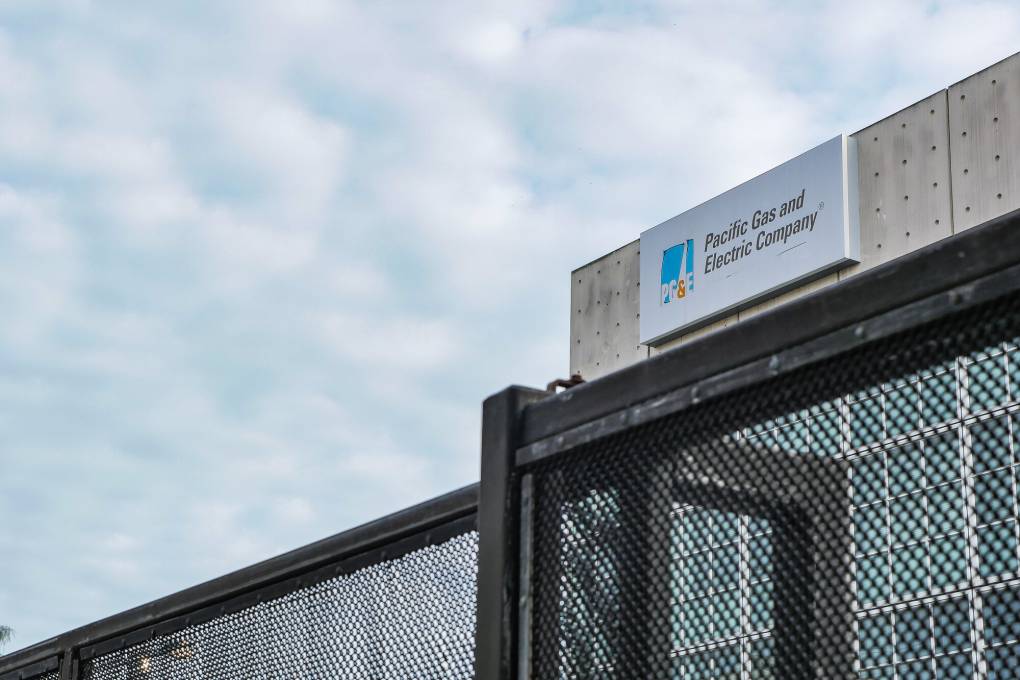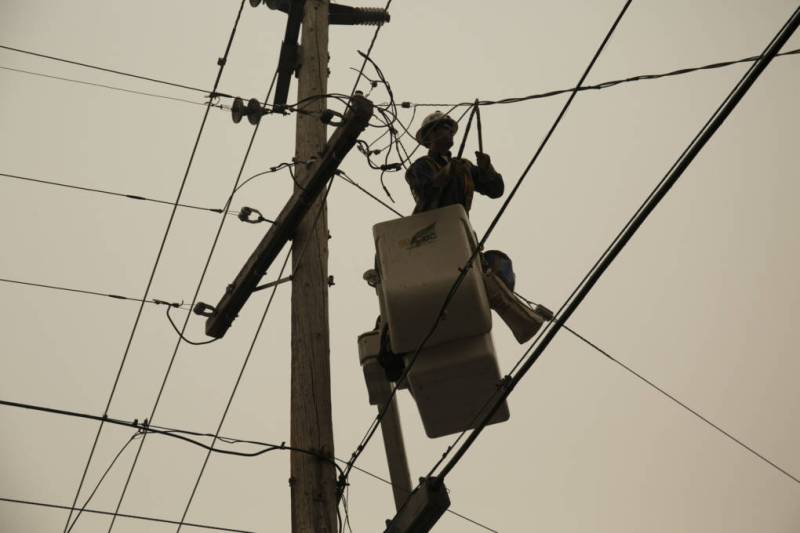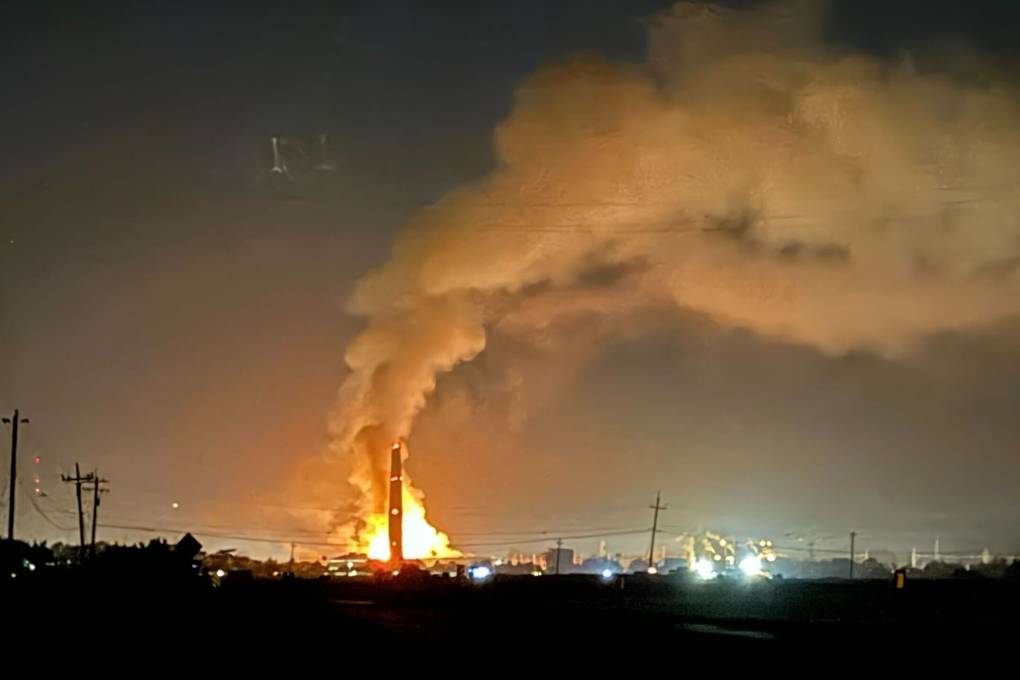The Journal quotes the 2017 PG&E presentation as saying the company needed a plan to replace towers and better manage lines to prevent “structure failure resulting [in] conductor on ground causing fire.”
Hours after the Journal article appeared, U.S. District Judge William Alsup, overseeing the company's criminal probation in a case stemming from the 2010 San Bruno pipeline disaster, ordered the company to respond.
"The offender (PG&E) must provide a fresh, forthright statement owning up to the true extent of the Wall Street Journal report," Alsup wrote. "The offender’s response shall be up to 40 double-spaced pages."
Alsup also asked the company to explain recent political donations and why it paid $5 billion in dividends in recent years "at a time when PG&E was aware of the problems named in the Wall Street Journal report."
Following the Camp Fire catastrophe -- and under pressure from Judge Alsup, legislators, regulators and investors -- PG&E launched a sweeping inspection campaign for its entire power distribution network.
In a statement Wednesday, PG&E said that it didn't "agree with or support the Journal's findings."
It added that "the devastation of the 2017 and 2018 wildfires made clear that we must do more to combat the threat of wildfires and extreme weather while hardening our systems. As we have disclosed publicly, we are taking significant actions to inspect, identify, and fix these issues with our electric system as part of our expanded Community Wildfire Safety Program. While the number of safety issues we have identified on our electric system is small by percentage, it’s unacceptable."
The company said last month it had completed visual or aerial inspections of 49,000 of its 50,000 transmission structures. The inspections identified the need for 53,000 "corrective actions." Some 100 of the issues were deemed "highest priority" and have been repaired, the utility said.
PG&E's inspection and repair program is part of a wildfire mitigation plan it was required to undertake by SB 901, a law enacted after the disastrous 2017 fire season but before the Camp Fire.
PG&E's role in the 2017 and 2018 fires prompted it to declare bankruptcy earlier this year in order to deal with what the company estimated was at least $30 billion in wildfire-related legal liabilities.



